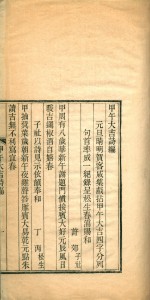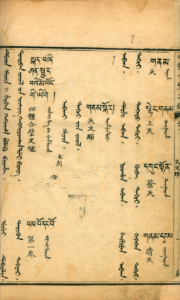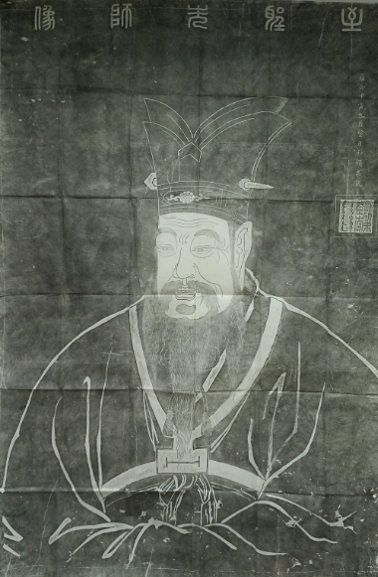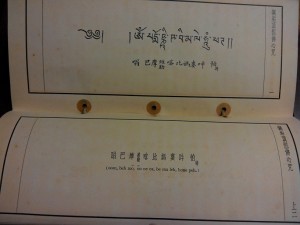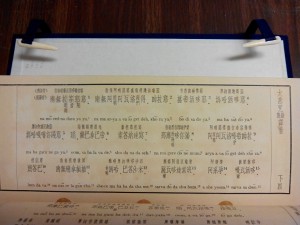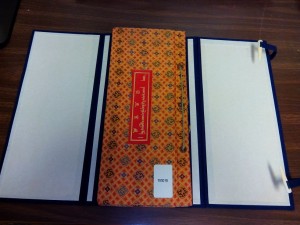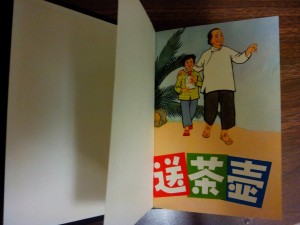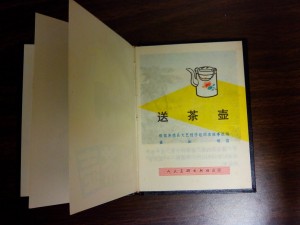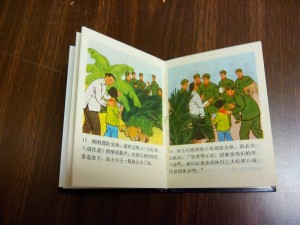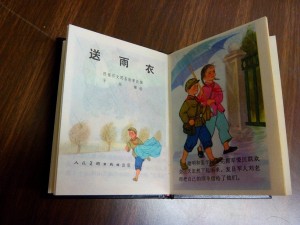四體合璧文鑑: 三十二卷
(清)佚名撰
清[1644-1911]刻本
4冊
“Four-Script Textual Mirror: 32 chapters”
Anonymous compiler from the Qing dynasty
Published between 1644 and 1911
Woodblock printing
4 volumes
正文首列滿文詞語,其右側類蒙文譯詞,再次列藏文譯詞,藏文譯詞左下角列漢文譯詞,漢文譯詞右側標註滿文切音字。該辭典收詞豐富,為清代滿、蒙、漢、藏文字的互譯提供了較為全面的資料,其標註的滿文切音字對研究清代滿漢語音學也有重要價值。
This is a dictionary of Manchu, Chinese, Mongolian, and Tibetan. The Manchu words are written in the first column on the left, followed by the Mongolian words in the second column, and the Tibetan words in the last column. The Chinese words are written in the lower left corner of the last column. Each Chinese word is also annotated (to the right of the word) using the Manchu phonetic alphabet.
This dictionary contains a very large number of words and provides nearly comprehensive translations among the Manchu, Mongolian, Chinese, and Tibetan languages from the time of the Qing dynasty. Additionally, the inclusion of the pronunciation in the Manchu alphabet for the Chinese words provides important and valuable information for the study of Manchu-Chinese phonetics.
Item description and Chinese explanation by Boyue Yao; English translation by Xinyi Xu, edited by Emily Jantz.
